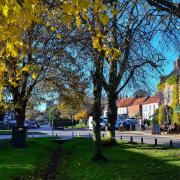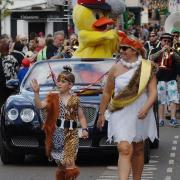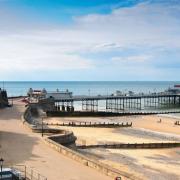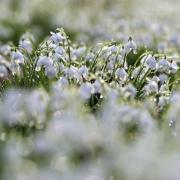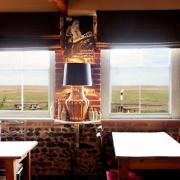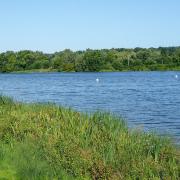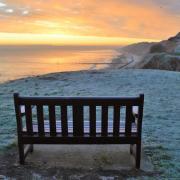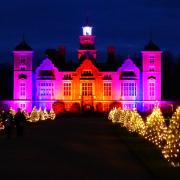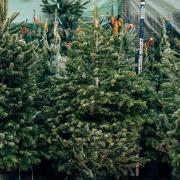The landscape designer who nurtured some of Norfolk’s grandest gardens is the star of a beautiful new book

Many of the loveliest gardens in the land can trace their beauty back to a Norfolk man. Humphry Repton, who invented the term landscape gardener, designed hundreds of gardens across Britain – and influenced many more across the centuries.
The very first garden Humphry designed was his own, at Sustead, near Aylsham. His first paid commission was Catton Park, just north of Norwich, and he went on to design gardens and parkland for more than 20 estates in Norfolk including Sheringham Park, Gunton Hall, near Cromer, and Honing Hall, near North Walsham. Nationally he worked at Kensington Palace, Longleat and Woburn Abbey.

Repton became famous for ‘before and after’ paintings of how his designs would look, using ingenious paper flaps and presented in books bound in red leather, to show his wealthy clients how he planned to transform their views.
He became a gardening celebrity and is even mentioned in a Jane Austen novel.

This year the national Repton 200 festival marks the bicentenary of his death. It is also the 30th anniversary of the Norfolk Gardens Trust, which has produced a magnificent book to celebrate his local legacy.
Every UK county has a gardens trust with Norfolk’s the largest outside London, with more than 640 members.
When the volunteer researchers asked the public for help they were astonished by the response and the result is a lavish 228-page book with more than 300 pictures.
Seven of Repton’s Norfolk Red Books have survived – detailing Repton’s vision for estates at Witton, near North Walsham, Northrepps and Sheringham with their coastal views, and a lost Repton landscape in Norwich.
Bracondale Lodge was demolished in the 1960s to make way for Norfolk County Hall, but a few clues remain of the pleasure grounds built there for an 18th century surgeon.
Sheringham Park is acknowledged as one of Repton’s finest achievements. He would never have seen the full glory of waves of mature plants coming into bloom against a backdrop of sea, forest and heath, but he pictured it for his clients.
In the book, Humphry Repton in Norfolk, all his Norfolk Red Book images are published together for the first time.
Sally Bate, who helped edit the book, said it was a Norfolk project through and through, researched, written and published by Norfolk volunteers and printed in Aylsham to celebrate the achievements of the man who worked throughout the country and is buried, appropriately, in a garden, beside Aylsham church.
Humphry Repton in Norfolk, edited by Sally Bate, Rachel Savage and Tom Williamson, is on sale for £20 from many Norfolk bookshops and from the Norfolk Gardens Trust. norfolkgt.org.uk




